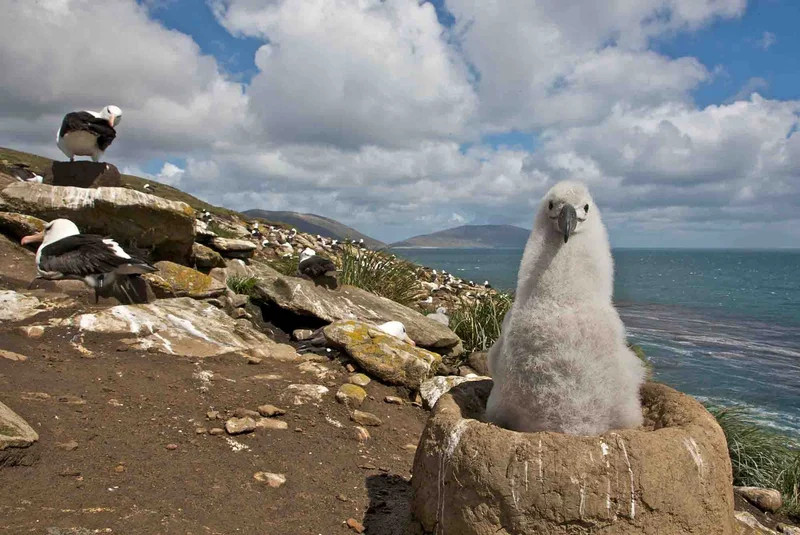
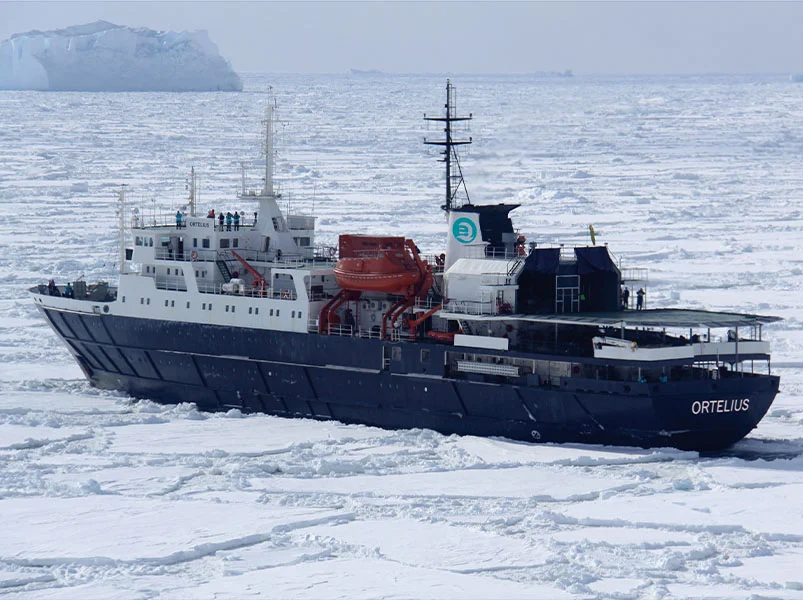
The Deep South Basecamp experience offers you a myriad of ways to explore and enjoy the Antarctic region. This expedition allows you to (long) hike, snowshoe, kayak, and even camp out under the Southern Polar skies.
14 Day Antarctica Itinerary
Day 1: End of the world, start of a journey
Your voyage begins where the world drops off. Ushuaia, Argentina, reputed to be the southernmost city on the planet, is located on the far southern tip of South America. Starting in the afternoon, you embark from this small resort town on Tierra del Fuego, nicknamed “The End of the World,” and sail the mountain-fringed Beagle Channel for the remainder of the evening.
Day 2 - 3: Path of the polar explorers
Over the next two days on the Drake Passage, you enjoy some of the same experiences encountered by the great polar explorers who first charted these regions: cool salt breezes, rolling seas, maybe even a fin whale spouting up sea spray. After passing the Antarctic Convergence – Antarctica’s natural boundary, formed when north-flowing cold waters collide with warmer sub-Antarctic seas – you are in the circum-Antarctic upwelling zone.
Not only does the marine life change, the avian life changes too. Wandering albatrosses, grey-headed albatrosses, black-browed albatrosses, light-mantled sooty albatrosses, cape pigeons, southern fulmars, Wilson’s storm petrels, blue petrels, and Antarctic petrels are a few of the birds you might see.
Day 4: Through the Pendleton Strait
Arriving at the Antarctic Peninsula near the Antarctic Circle. If sea ice conditions permit, you may continue through Pendleton Strait and attempt a landing at the rarely visited southern tip of Renaud Island. Here, you have the opportunity to encounter the first Adélie penguins of the voyage and enjoy spectacular views of icebergs in this surreal, snow-swept environment.
Later in the afternoon, we will continue our journey towards Adelaide Island and Marguerite Bay, crossing the Polar Circle. We will spend the night in the area of Crystal Sound, where the scenery is so captivating it may keep you awake into the early hours. This region also offers the chance to spot orcas, humpback whales, and minke whales.
Day 5 - 8: Marguerite Bay as a setting for activities
Over the coming days, we have the opportunity to experience a variety of planned activities in this incredible setting, deep in Antarctica.
Places you might visit include:
Horseshoe Island - Horseshoe Island is named for its distinctive shape. An abandoned research station here offers insight into the early days of scientific exploration, with original artifacts illustrating the stark contrast between life then and now. The hut is set amidst some of the most breathtaking scenery in Antarctica, offering views over the mountains and snow of Pourquoi Pas Island, as well as Horseshoe Island’s own rugged peaks. This is a photographic landing in every sense. Two old wooden boats still rest at the site, as if awaiting one final launch.
Pourquoi Pas Island - Discovered and charted by the renowned explorer Jean-Baptiste Charcot, Pourquoi Pas Island offers a scenic landing on a rocky beach set against the backdrop of the impressive Moider Glacier. A gentle walk from the landing site reveals stunning vistas, while Antarctic fur seals lounging just beyond the beach add a delightful wildlife encounter to our journey.
Stonington Island - A site of major research activity from the 1930s to the 1970s, Stonington Island hosted both American and British bases. It features a variety of historic buildings and artifacts that tell the story of early Antarctic exploration. Once connected to the mainland by snow and ice, this evocative site now stands as a poignant reminder of Antarctica’s isolation and the fragile interplay between human history and raw wilderness. The blend of wildlife, natural grandeur, and preserved structures makes this an unforgettable stop, sure to leave a lasting impression.
Red Rock Ridge - Located on the Antarctic mainland, Red Rock Ridge is distinguished by its vivid red-hued cliffs, which stand out sharply against the icy surroundings and are visible from afar. If conditions allow, we will attempt a landing here. We might encounter Adélie penguins and we also hope to spot seals and Antarctic shags that nest nearby.
Day 9 - 10: The Gullet and Detaille Island
If conditions allow, we then sail through The Gullet, one of the most impressive narrow channels in Antarctic, with towering mountains either side, birds following the ship and playful penguins and seals frolicking in the water as we sail through this very special part of the journey. If ice conditions allow we will also carry out a landing or cruise in the afternoon.
We may make a landing at an abandoned British research station here, taking in the island’s lofty position and imposing glaciers scenery.
Day 11 - 13: Familiar seas, familiar friends
Your return voyage is far from lonely. While crossing the Drake, you’re again greeted by the vast array of seabirds remembered from the passage south. But they seem a little more familiar to you now, and you to them.
Day 14: There and back again
Every adventure, no matter how grand, must eventually come to an end. It’s now time to disembark in Ushuaia, but with memories that will accompany you wherever your next adventure lies.
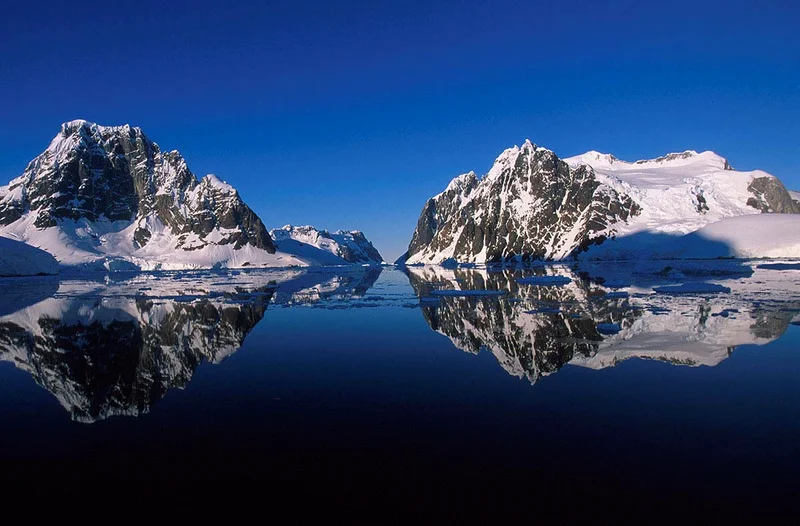
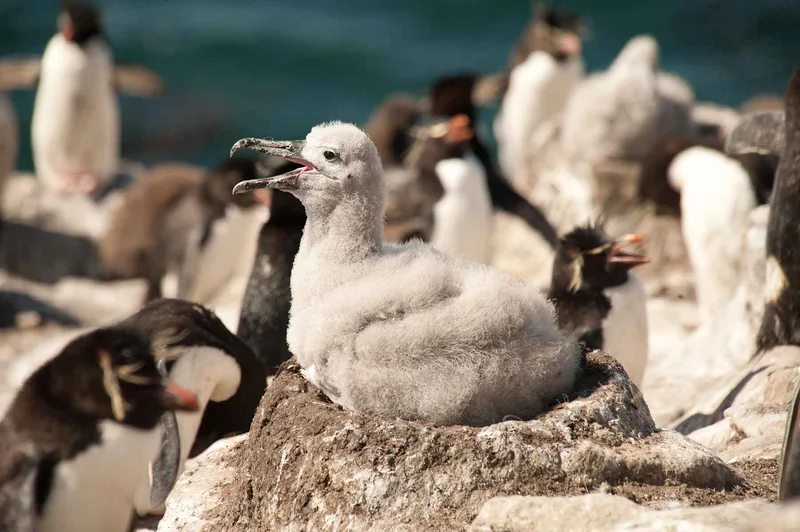
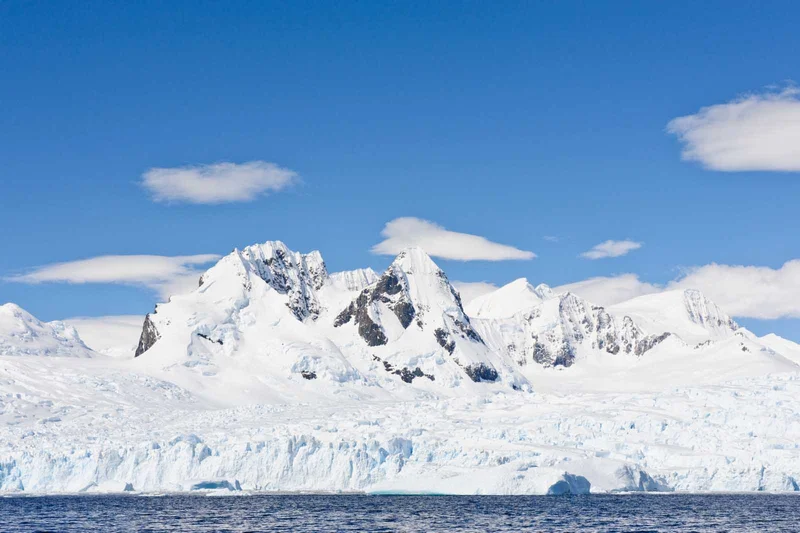
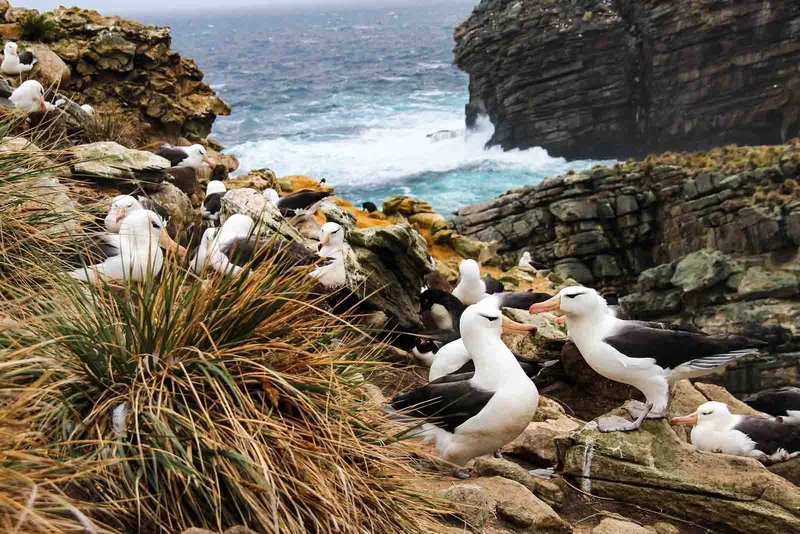
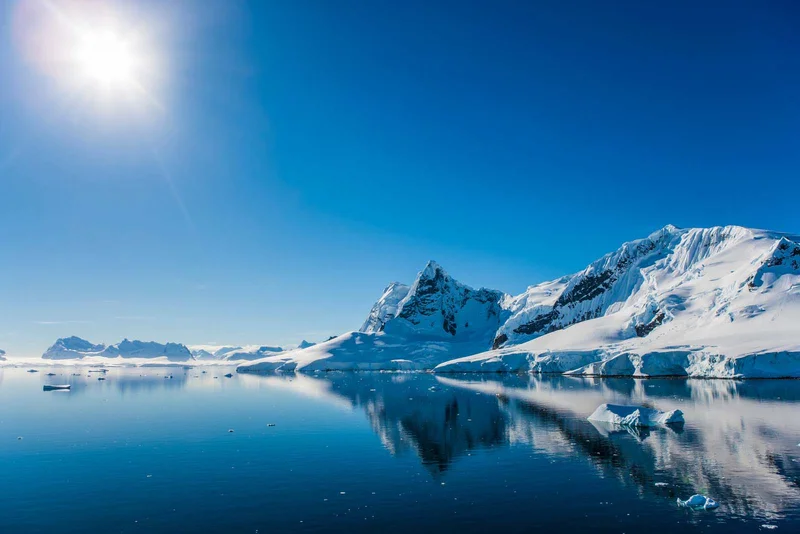
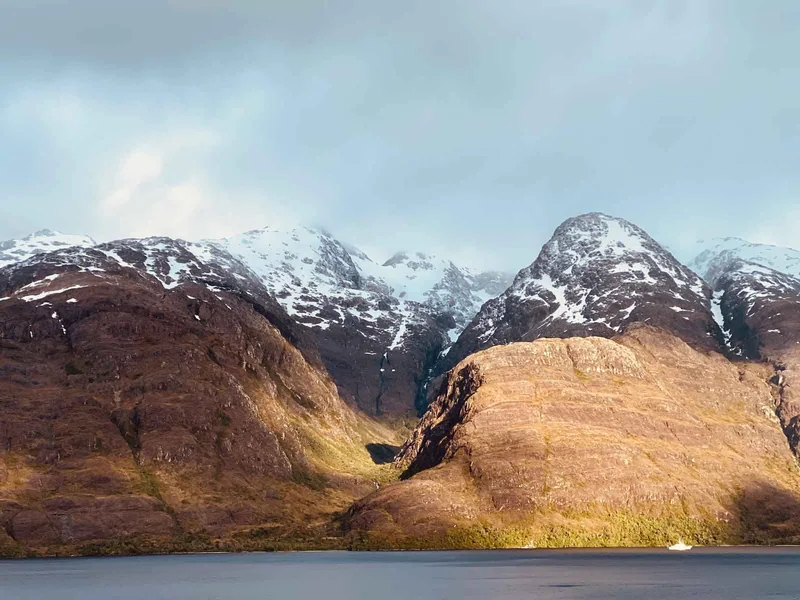
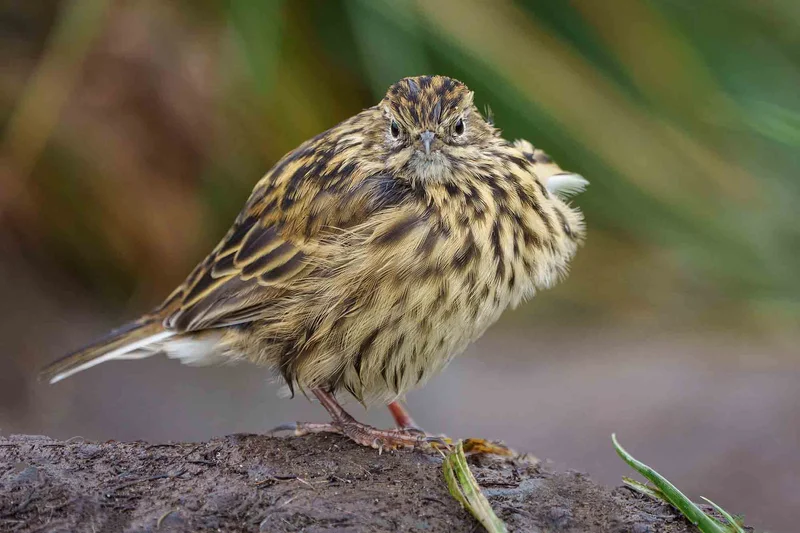
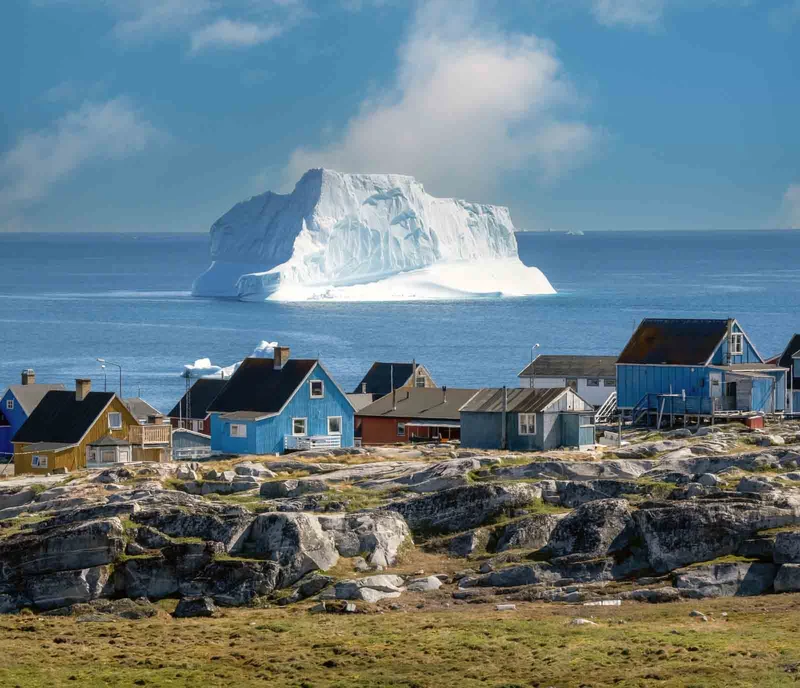
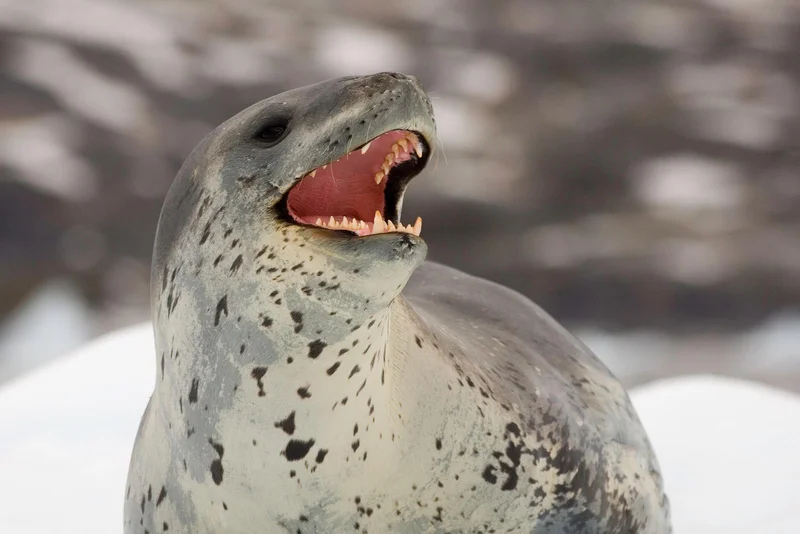
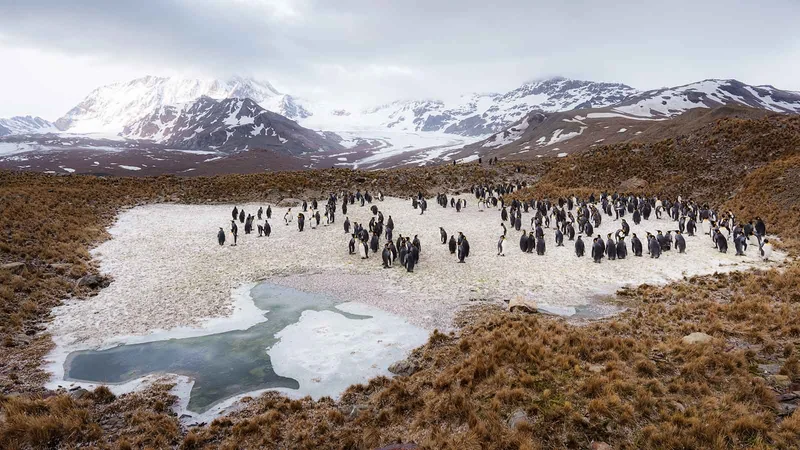
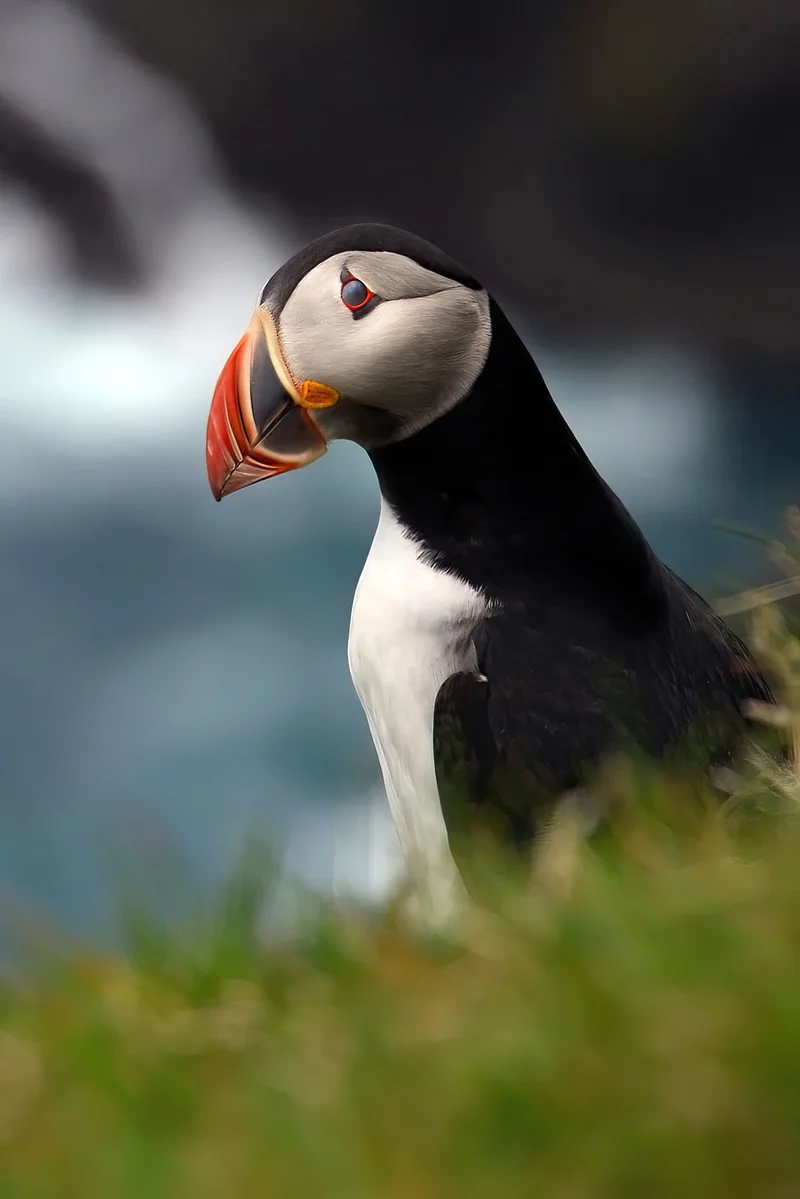

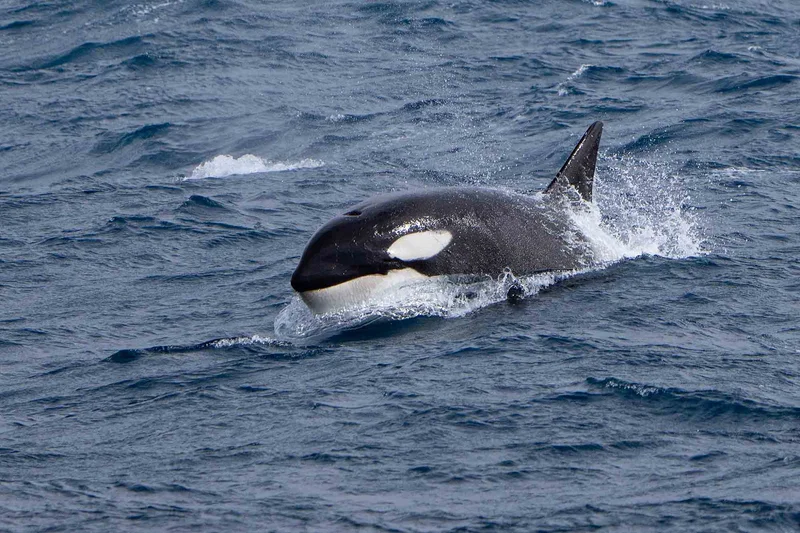
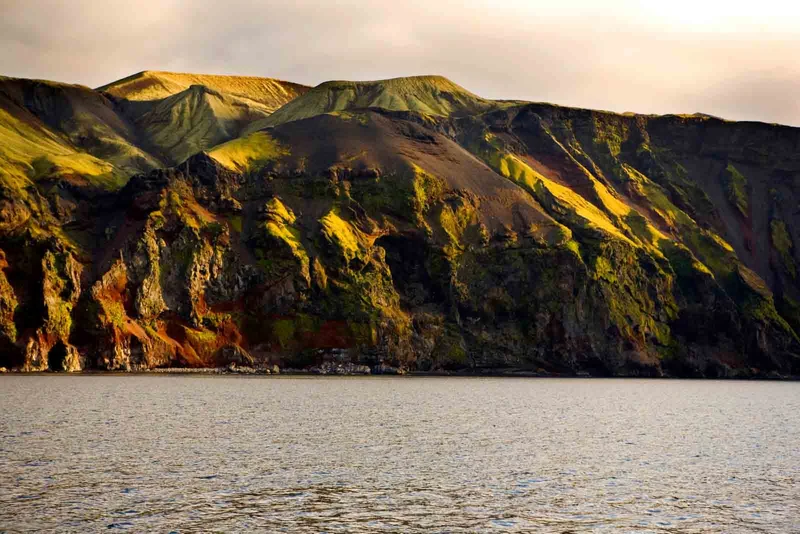
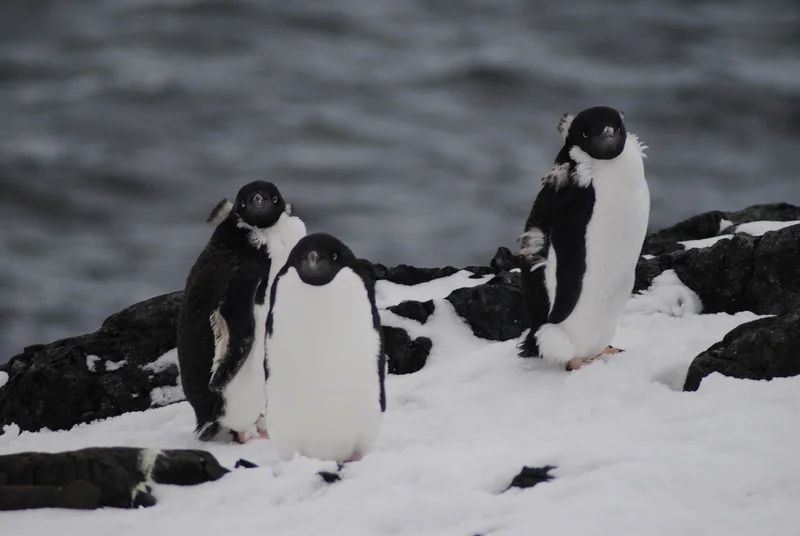
14 Day Antarctica Itinerary Includes
- Voyage aboard the indicated vessel as indicated in the itinerary.
- All meals throughout the voyage aboard the ship including snacks, coffee and tea.
- All shore excursions and activities throughout the voyage by Zodiac.
- Program of lectures by noted naturalists and leadership by experienced expedition staff.
- Free use of rubber boots and snowshoes
- Luggage transfer from pick-up point to the vessel on the day of embarkation, in Ushuaia.
- Pre-scheduled group transfer from the vessel to the airport in Ushuaia (directly after disembarkation).
- All miscellaneous service taxes and port charges throughout the program.
- AECO fees and governmental taxes.
- Comprehensive pre-departure material.
14 Day Antarctica Itinerary Does not Include
- Any airfare, whether on scheduled or charter flights; pre- and post- land arrangements.
- Transfers to the vessel in Ushuaia and Ascension and from the vessel in Ascension and Praia; passport and visa expenses.
- Government arrival and departure taxes.
- Meals ashore.
- Baggage, cancellation and personal insurance (which is strongly recommended).
- Excess baggage charges and all items of a personal nature such as laundry, bar, beverage charges and telecommunication charges.
- The customary gratuity at the end of the voyages for stewards and other service personnel aboard (guidelines will be provided).
Itinerary Map
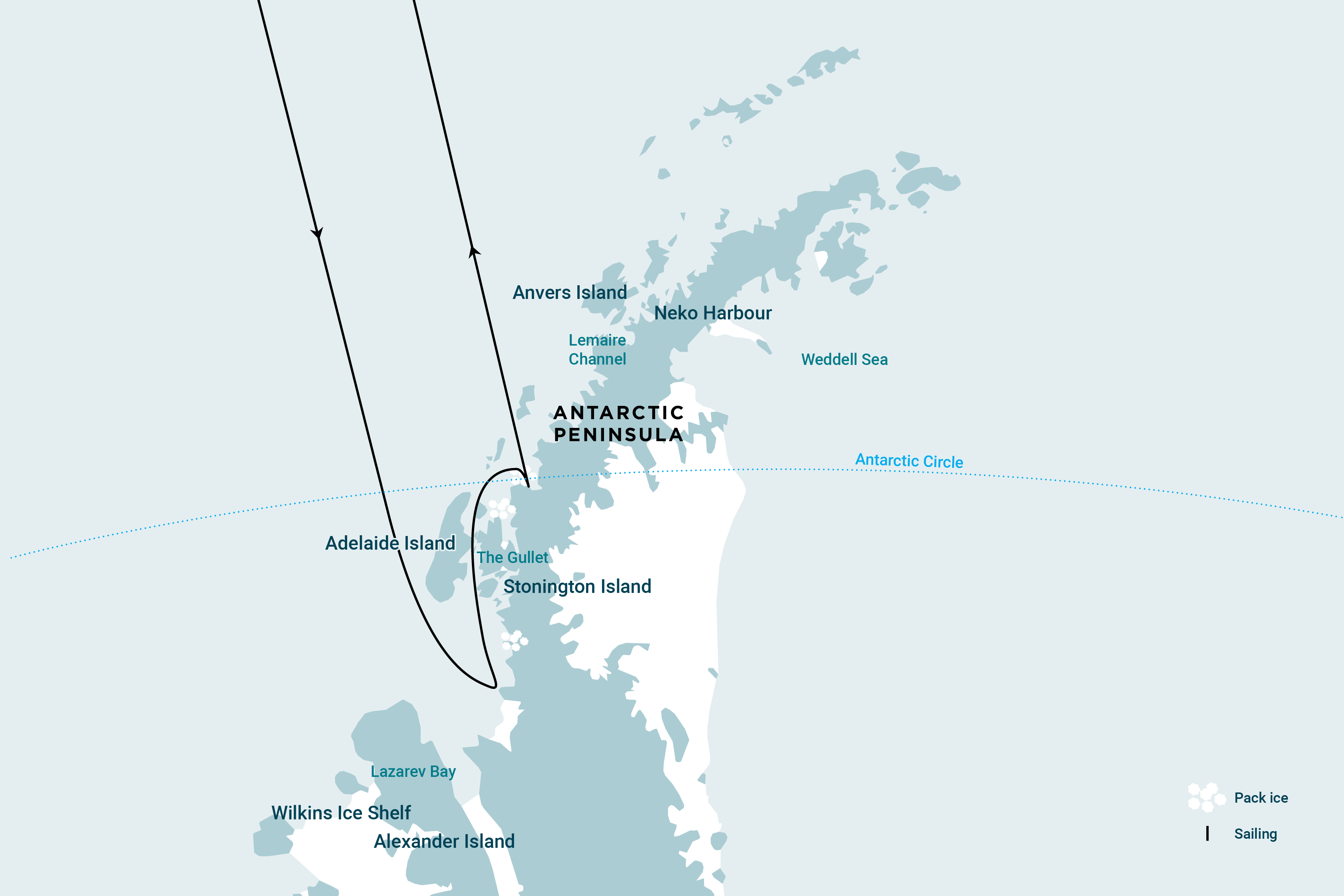
14 Day Antarctica cruise activities
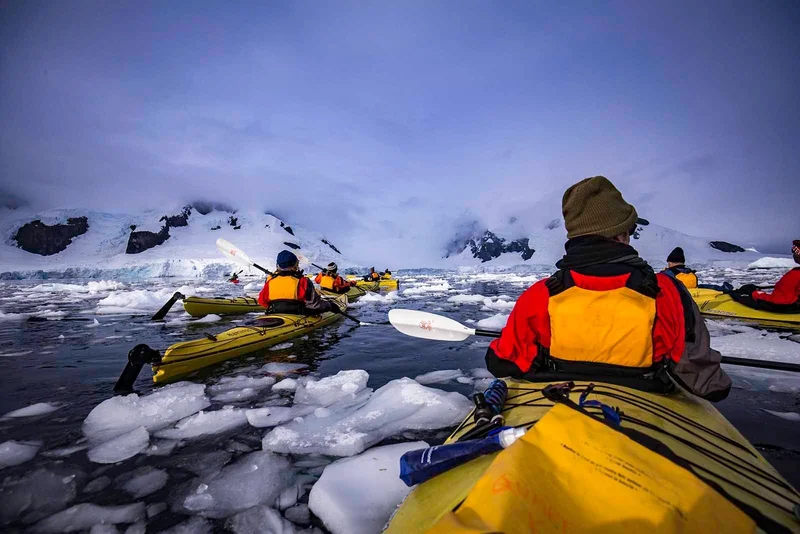
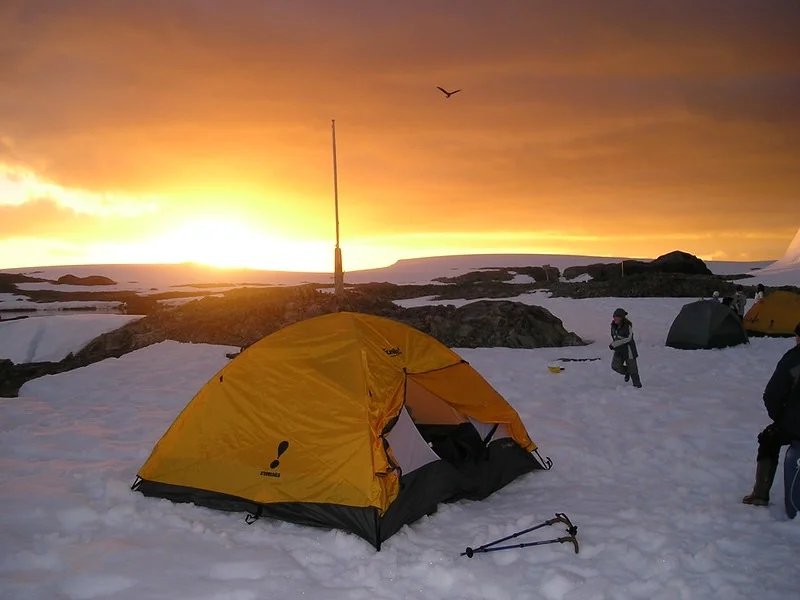
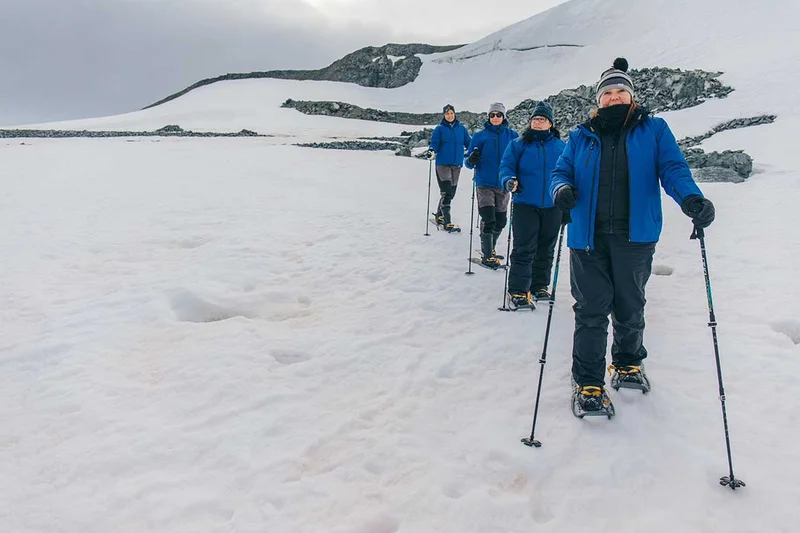
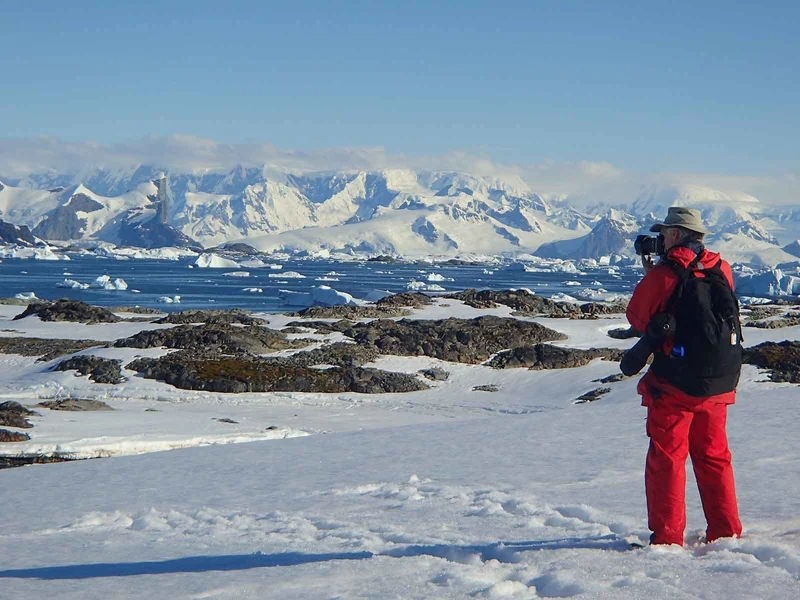
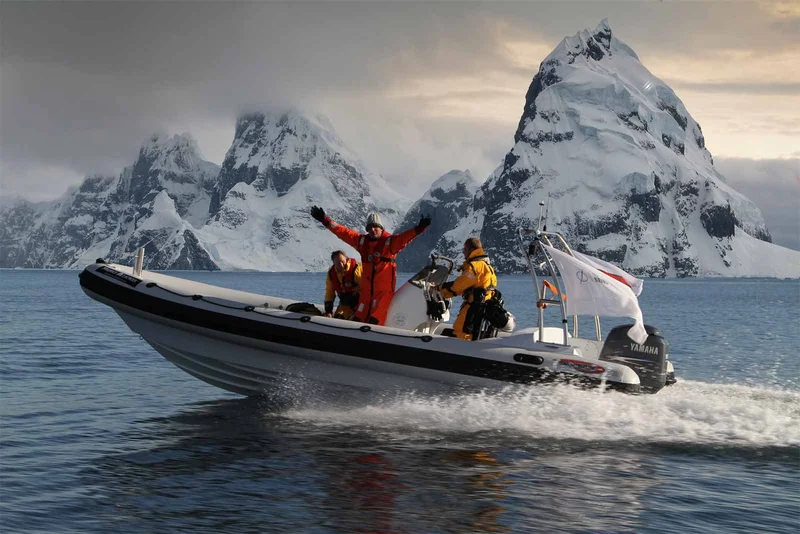

Animals you might see on this itinerary
Deep South Basecamp experience
Why travel with us?
Would you like to know why booking with us is the best choice?
Discover the BenefitsSimilar Itineraries


